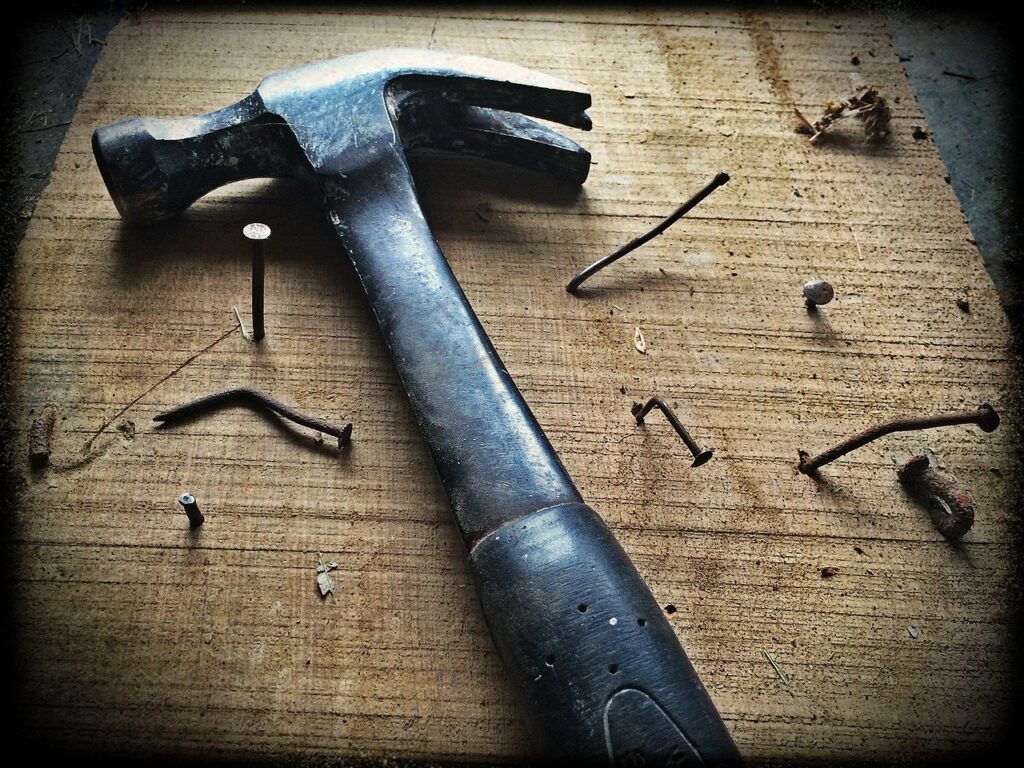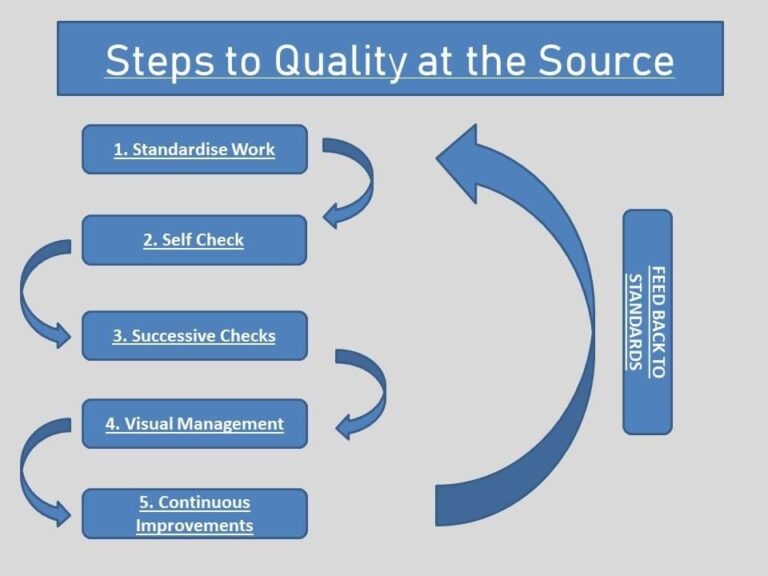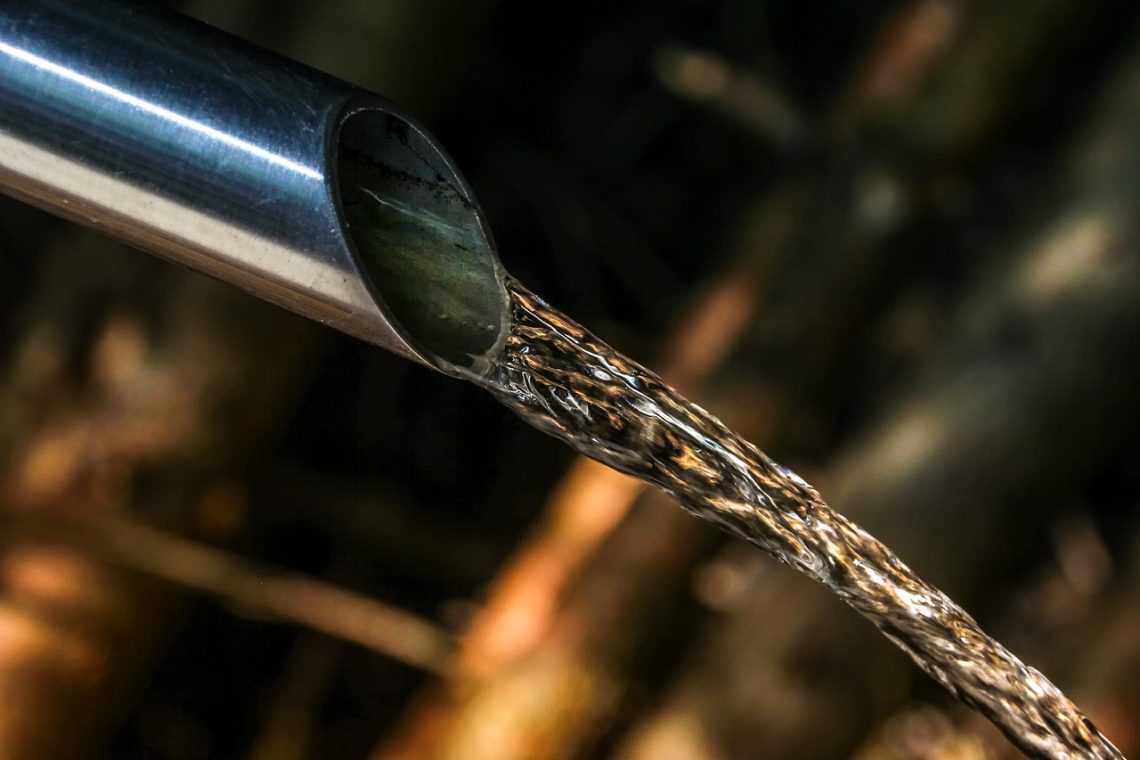Quality At Source In China
Quality At Source In China, it can mean a lot of things to a lot of different people. And sometimes differences in quality can be interpreted in different ways. This is why we have standards; these remove the subjective assessments of quality and move them into the more objective realm!
Quality means simply put; a system or component should meet standard and specifications required to make it fit for purpose. It should not get rejected during inspection, and should not fail prematurely.
There are many aspects of quality which is why I have decided to construct a three-part special blog post on the topic of quality.
- Quality at Source
- Building quality into the sourcing and manufacturing process as early as possible
- Quality During Production
- How to ensure quality learning is fed robustly back into the product
- Quality Post Production
- End of line testing and on-going quality controls
Firstly, let me introduce my credentials as someone able to discuss quality from a position of authority, (that just means I have been there, done it, seen the worst, and best quality components of all time!)
My name is George Tewson and I was Senior Quality Manager for Powertrain in Jaguar Land Rover for Asia Pacific and China; with teams throughout the Asia Pacific area ensuring quality and customer satisfaction were at the forefront of our key beliefs.
I assure you when I say, getting quality from the source is Key, I have the grey hair to prove that this is imperative. Before this role, I worked in Changshu, in China at the first Jaguar Land Rover joint venture, where I was manager of Powertrain Quality for Jaguar Land Rover in Chery Jaguar Land Rover (CJLR). I have over 14 years of testing and quality experience launching over 6 vehicles over 4 different vehicle lines in 2 different countries. In the past year, I have moved from working for an OEM and put more resources into sourcing and ensuring that the China market is open to all. Hence me sharing my entire understanding of sourcing, quality, manufacturing and business in China on here!
I have seen the best, and worst of quality (and not just from China).
Quality from the start
From my experience in a Major OEM, to independent sourcing in China I can tell you that quality stems right from the outset of quotation.
You will be able to build up an understanding of companies appreciation of quality straight from the get-go. If you hear key words such as standards and key metrics in the initial meetings then these are good signs that you have picked a potentially good supplier.
Avoid companies that are shy in showing credentials and past standards adhered to. Ask to see current production lines and case studies of present-day products that may be offered. Attention to detail in current products is a good indication of the quality capability of a company. Usually, if a product looks poor it will be substandard in its quality. We have all seen enough poor quality eBay and Amazon items to have a good grasp of what is fit for purpose and what is not.

It’s how we get that over to the supplier that can be the interesting bit. Cha Bu Duo, is a very typical term used in China when describing items that are just not up to standard. Its literal translation probably differs based on English dialect. But the best way I can describe it in layman’s terms is to look at the photo and imagine you giving instructions; knock the nails into that wood.
Cha Bu Duo….. Almost…… Similar too….. It’ll be reet…….
The Quality Mindset
How do we remove this mind-set? First, we need to delve into what the quality is; ensuring that if we are new to the manufacturing realm then we know what we are looking for.
Since we are hopefully dealing with the source factory here (which is why in my previous article I talked about ensuring you are as close to the factory in the communication chain as possible read about the importance here) it should not be an issue visiting the factory to inspect their current production lines. If they say no, or are very cagey about allowing you near, or seeing inside the factories, this should start ringing alarm bells in your mind. It’s a big red flag if there is a rejection to visit their manufacturing facility.
This is where we can start to gauge the supplier’s concept of quality at the source.
Items to look for in inspections are;
- No bad work being produced at any work station along the line, if manufacturing practices look bad, they usually are
- Quality should be measured at every step of the production process, do not feel bad for asking questions about how quality is checked at any point in the process.
- Inspect to see if individual factory workers are responsible for areas of their own. A hierarchy drives responsibility into process.
We want to be looking for some key items. I have summarized them below, once we have gained an understanding of these key items, it will be easier to understand what sort of entity the factories are.
Steps to Quality at The Source

Standardisation of work
- Eliminate any variation in production
- Ensuring there are concise documented working methods for each work station (sometimes known as WES’- work instruction sheet) we will discuss more on this in further blog posts
- Ensuring new workers or workers just joining the project are suitably trained, ask factory representatives to show the capability of what the task of the worker is doing
- Ask to see documentation of work methods, materials used, tools and machine settings (if it looks like a document that was last used in the 1980s then this is possibly not the place where you will get the most robust of quality)
Self-Check
- This is where the line worker should be able to check, understand and know what to do in the event of a sub-standard component, utilizing systems such as Go- No Go gauge, these are items that sing quality assurance if you can find them
- Allowed to stop the line if necessary to rectify any major quality issues that have been found
Successive Checks
- Regular line walks for fresh eye inspections, ask the supplier how often they conduct line walks for fresh eye improvements
Visual Management
- Mechanisms to ensure that current workstations of sub-assembly or main assembly have a visual representation of the current status. RAG status works well
- Andon systems on the line to stop and quarantine stock
- Identifying quarantine areas
Ensuring continuous improvements are made
- Reduction in waste
- LEAN manufacturing techniques are observed
- 5S principles are adhered to
The final important side note to take from the above process is to understand how (if at all) the supplier can feed the issues back into the manufacturing process. How do they raise issues to you as the customer, what case studies do they have and what avenues of communication do they employ to get this information fed back to you?
The final statement I will make in this Quality from the source is this;
“Awareness of quality throughout the chain has to be built on the bedrock of quality from the source.”



